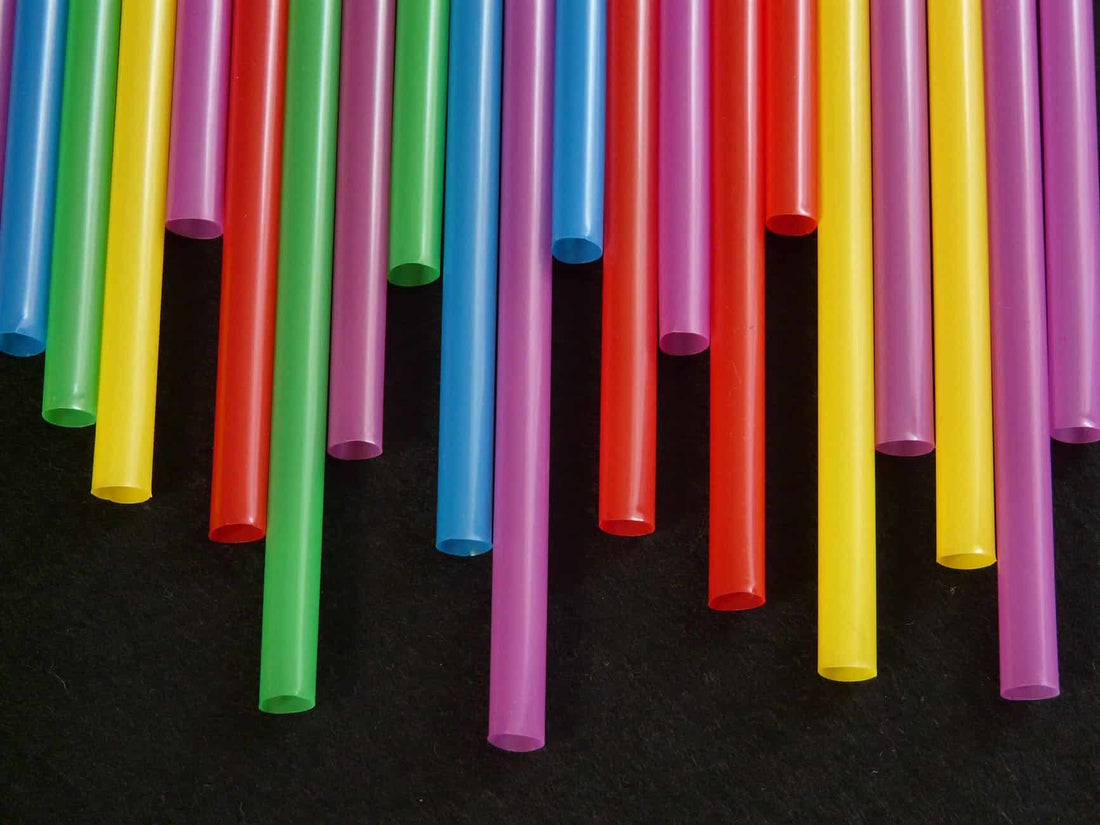The unsustainable use of non-degradable plastic products poses an increasing threat to our global environment. The relentless pollution has led to grave repercussions, making it more imperative than ever to seek viable alternatives. Here, we explore several future-focused strategies to replace non-degradable plastic products and pave the way towards a sustainable future.
1. Biodegradable Plastics and PLA
Biodegradable plastics offer a promising solution to the ongoing environmental crisis. These materials, made from organic sources like corn starch, sugarcane, or lactic acid, degrade over time under specific environmental conditions. A standout among these is Polylactic Acid (PLA), a bio-based and biodegradable polymer derived from renewable resources. PLA presents a compelling alternative to petroleum-based plastics, offering comparable functionality while substantially reducing environmental impact.
Other advances in this area, such as the development of PHAs (Polyhydroxyalkanoates), could result in biodegradable plastics that perform just as well, if not better, than their non-degradable counterparts. These cutting-edge materials promise to revolutionize the way we produce and dispose of everyday products, forging a path towards a more sustainable future.
2. Edible Packaging
A more radical approach to eliminating plastic waste is edible packaging, made from biodegradable substances like seaweed, algae, or mushroom mycelium. These materials not only reduce waste but also add a novel dimension to the product experience. Companies such as Evoware and Ecovative are pioneering these efforts, creating zero-waste solutions for items ranging from food packaging to personal care products.
3. Advanced Recycling Technologies
To combat existing plastic pollution, advanced recycling techniques such as chemical recycling could play a significant role. This process breaks down plastic waste into its base monomers, which can then be repurposed into new plastics, effectively creating a circular economy of plastic reuse. While these techniques are still being perfected, they hold considerable promise in reducing the plastic waste currently plaguing our planet.
4. Legislation and Consumer Education
Finally, future strategies must include legislative measures and consumer education. Governments should enact stringent regulations on plastic production and disposal, incentivizing businesses to shift towards more sustainable alternatives. Similarly, increasing public awareness about the environmental impacts of plastic waste can drive consumer demand for greener products, further accelerating the transition away from non-degradable plastics.
In conclusion, the journey towards a sustainable future free of non-degradable plastic is a multifaceted challenge that requires concerted global efforts. Through innovative approaches like biodegradable plastics, edible packaging, advanced recycling technologies, and the increased involvement of legislative bodies and the general public, we can not only mitigate the damage caused by plastic pollution but also envision a world where plastic waste is a thing of the past. Our collective efforts can and will shape a better, more sustainable world for future generations.

